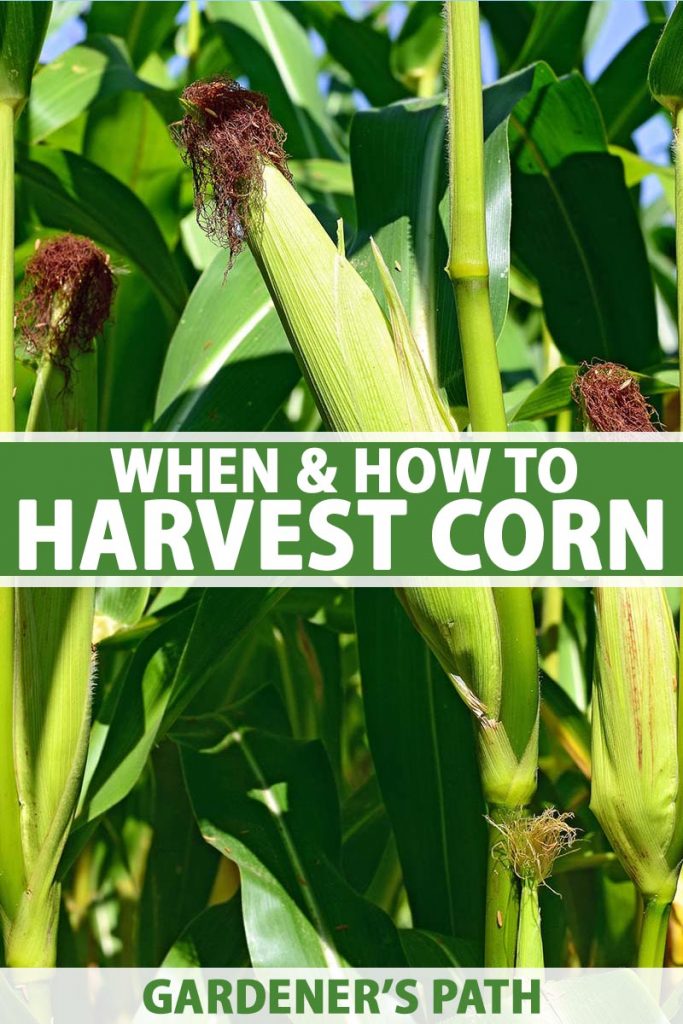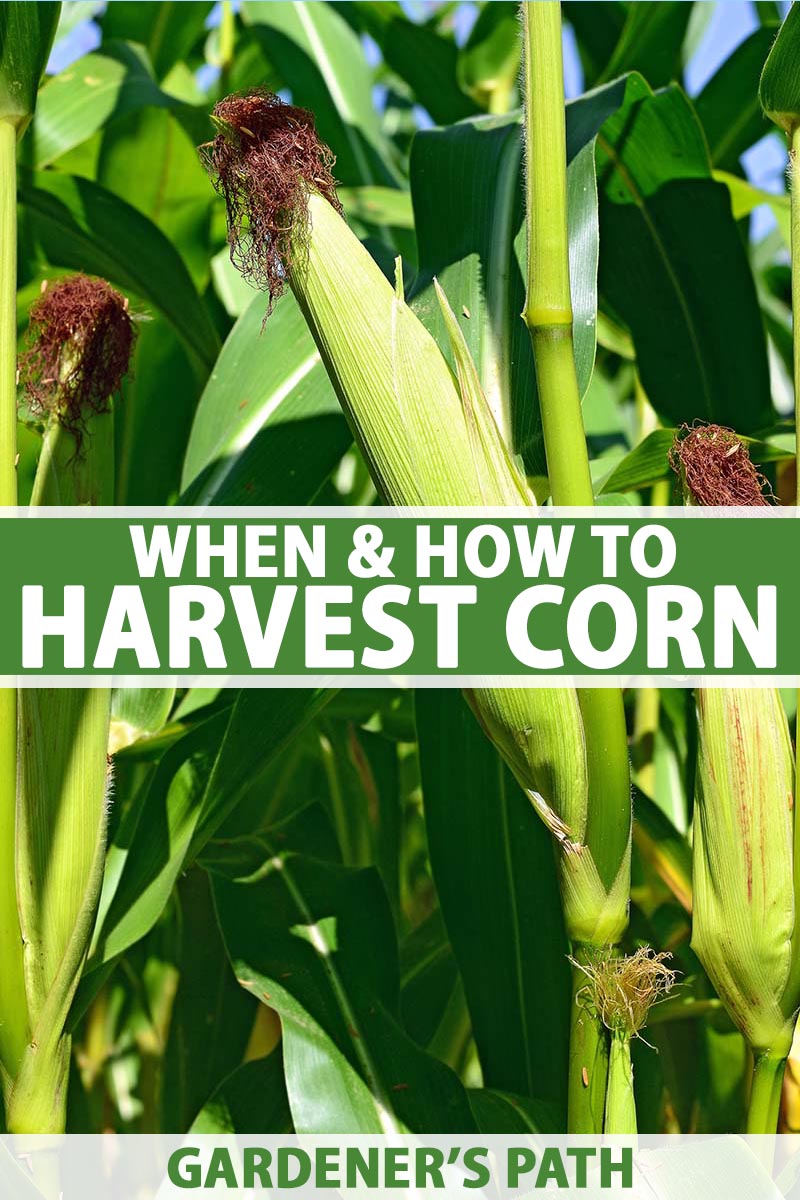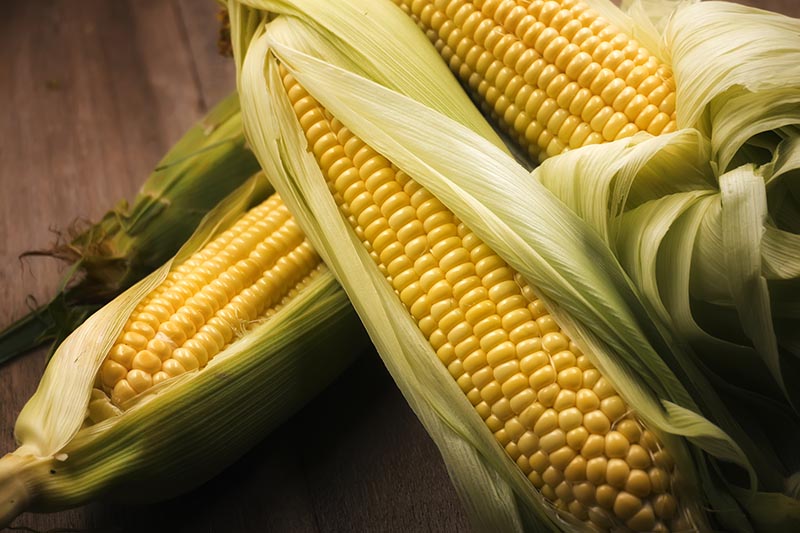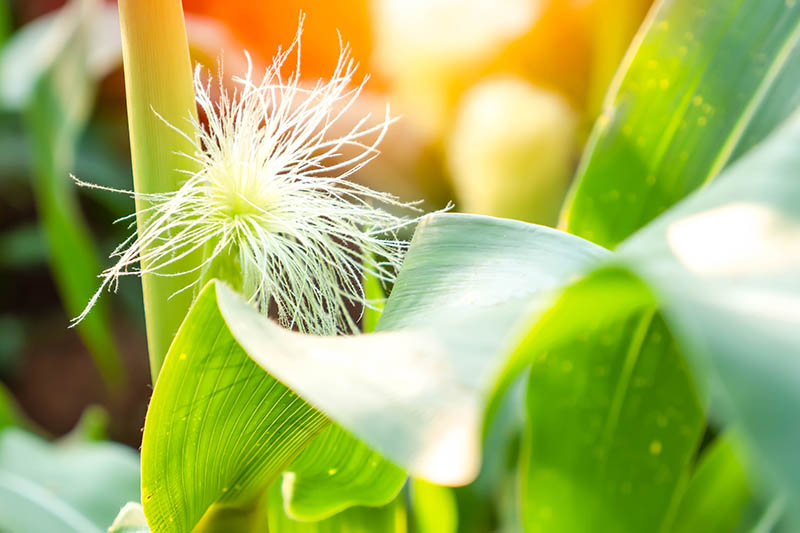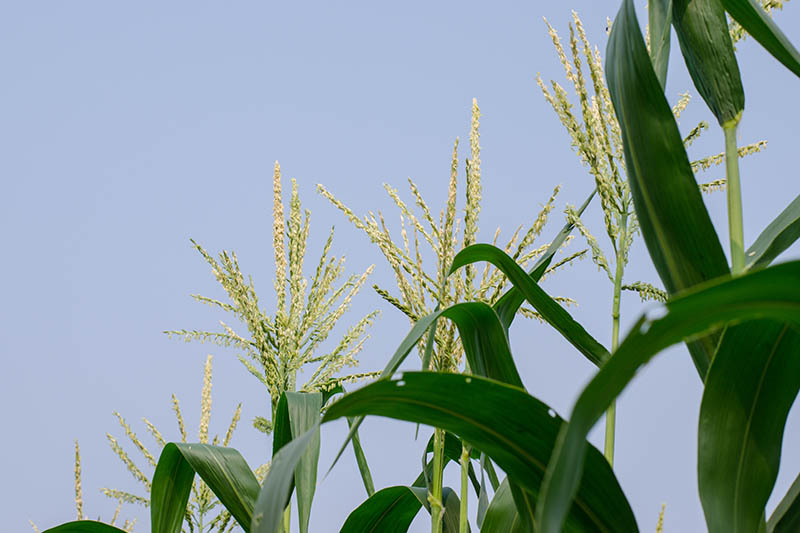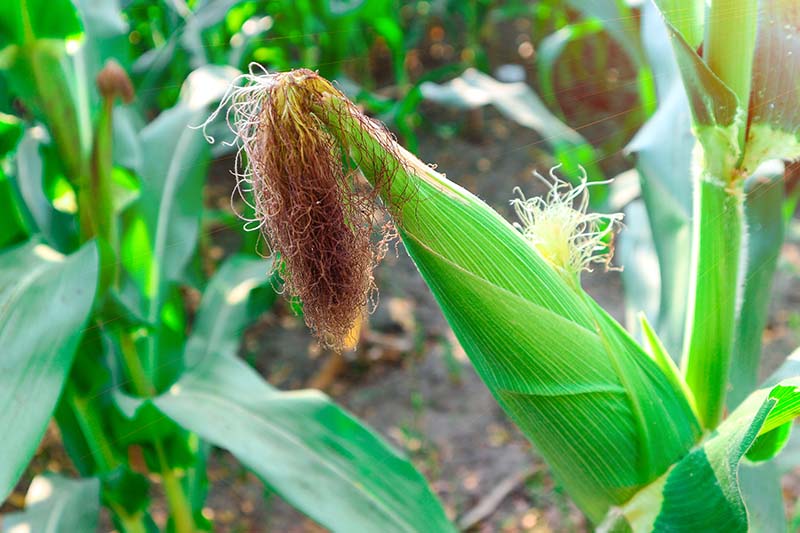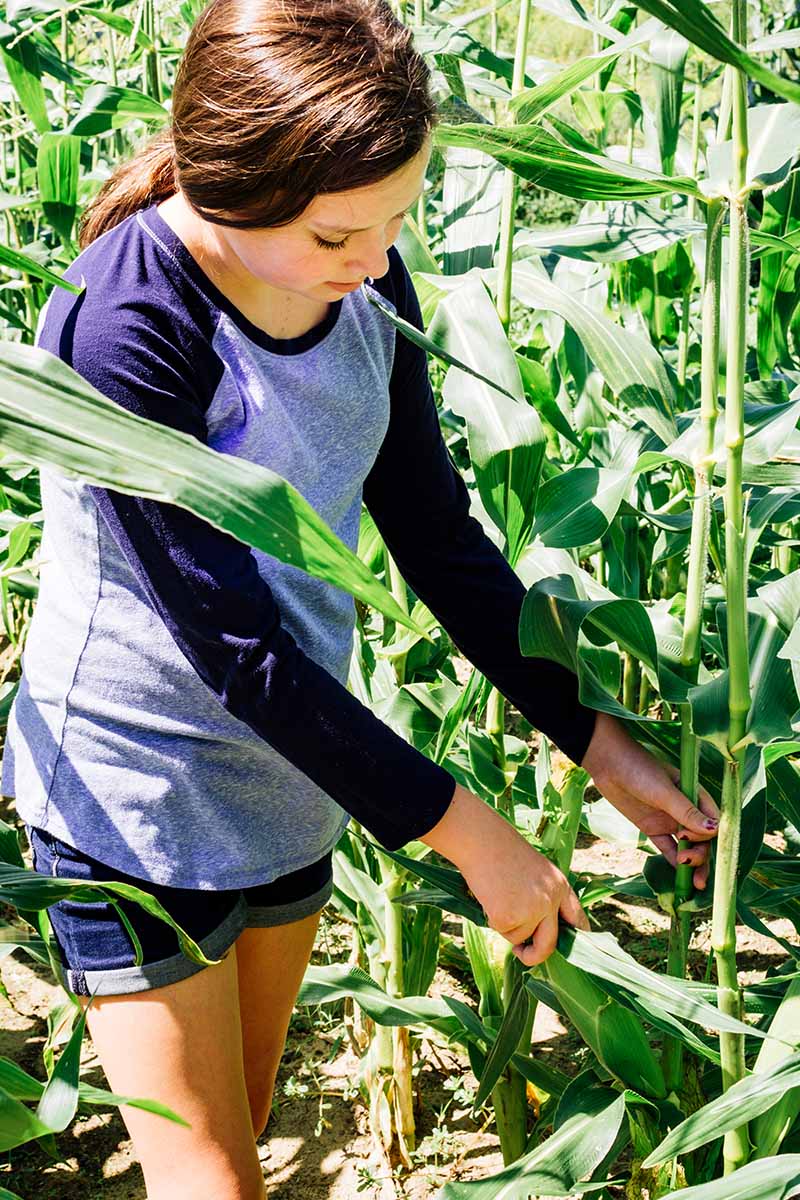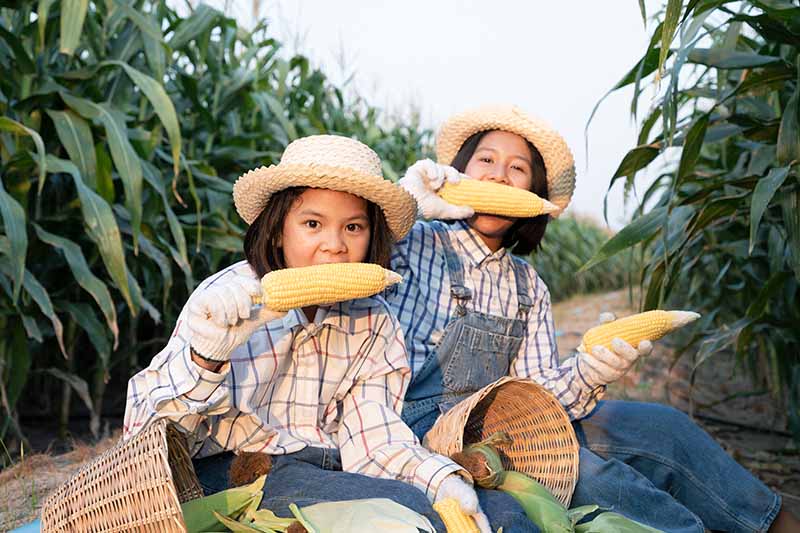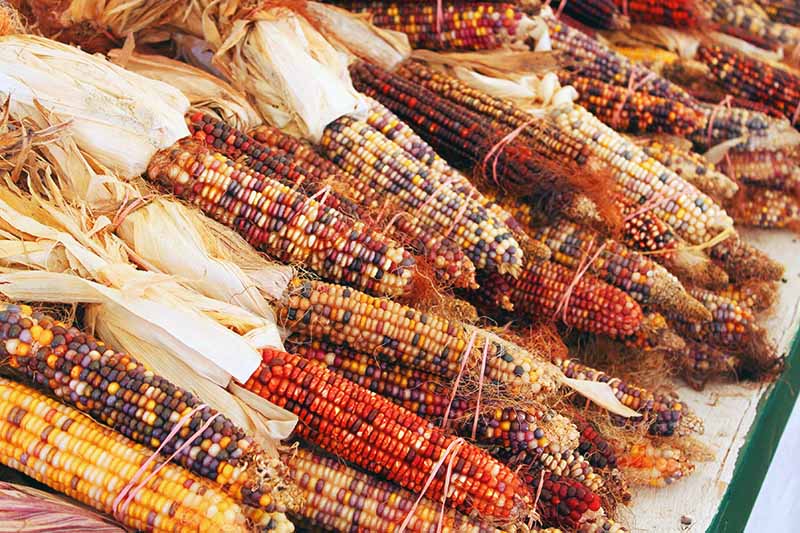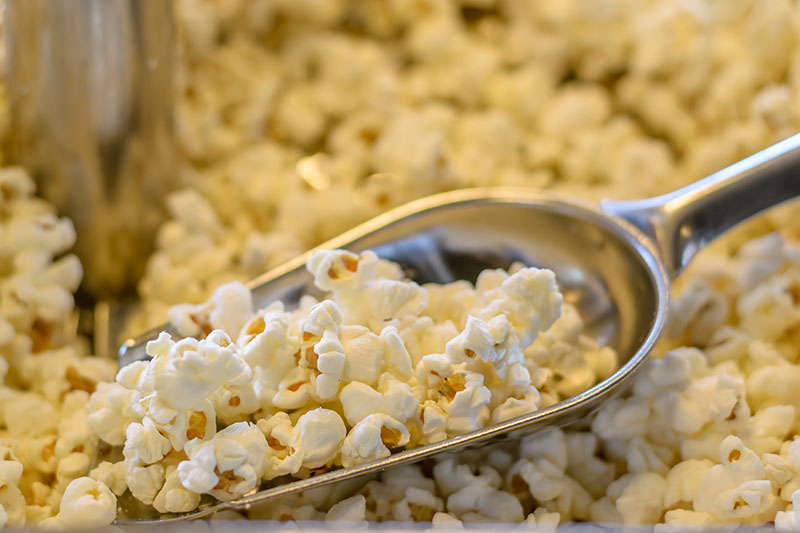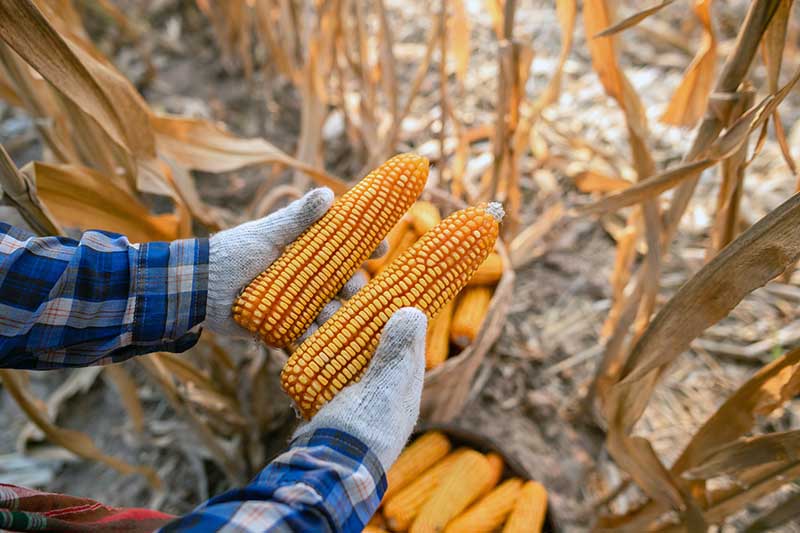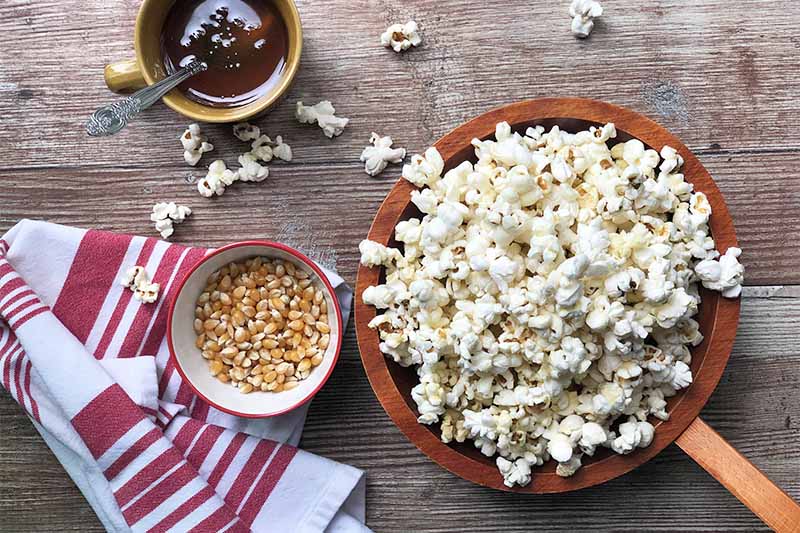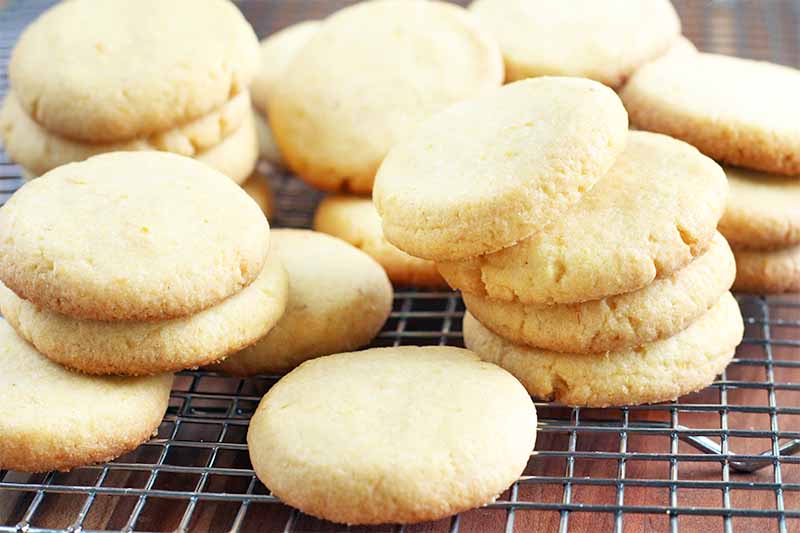Well, my friends, it is. Especially sweet corn, which is loaded with fiber, vitamin C, folate, thiamine, magnesium, and potassium, all of which are essential to human health. It’s the processed products you have to watch out for, not garden-grown deliciousness. Corn is, in fact, a whole grain! We link to vendors to help you find relevant products. If you buy from one of our links, we may earn a commission. You’ve sown the seeds and watched them grow from cute green seedlings all the way into massive, four- to six-foot-tall stalks, depending on the variety you planted. The tassels pollinated the silks with ease. Ears have developed into gorgeous cobs. If it’s sweet corn variety you’re growing, you dream of peeling back the husk and taking a huge bite of fresh, utterly delicious kernels.
Yes, you can eat sweet corn – considered a vegetable in most cases – raw. Yes, I literally just learned that. Or maybe you’re growing dent corn, which is classified as a grain, to make homegrown tortillas. Or popcorn for your own delicious poppable cobs. Whatever variety you chose, you’re ready to harvest… you think. But you’re not sure. How can you tell when the maize is ready? Are there any signs to look out for? And if it is ready, how do you get the ears off the stalks? In this guide, I’ll answer all these questions. Ready to harvest? Let’s go!
The Five Types of Corn
Before we get started, you should know that there are five main types of maize that gardeners grow:
Dent (Zea mays var. indentata), also called field corn, is typically used to feed livestock or dried and milled as a grain.
Sweet (Z. mays var. saccharata or Z. mays var. rugosa), aka the best type ever, is most often sold and enjoyed fresh as a vegetable, or it may be canned or frozen.
Flint (Z. mays var. indurata), aka Indian corn, comes in a range of colors and is also used as animal feed or to make cornmeal.
Flour (Z. mays var. amylacea), as the name suggests, is typically used for making corn flour.
Popcorn (Z. mays var. everta) is a special type of flint corn bred to pop when kernels are dried and heated, rather than cracking.
The good news is that even with five different types of maize available, there are only two main ways to harvest it. And the difference is actually temporal: it’s all about when you harvest.
When to Harvest
For simplicity, I’ve divided the two harvesting times, or methods, into two sections: milk stage and dry.
Milk Stage Harvesting
If you want that sweet, slightly crunchy, divine-for-roasting corn on the cob, you’ll want to harvest ears at the milk stage. Of the five main types, predominantly sweet and occasionally dent varieties are harvested at this stage. You can learn more about growing sweet corn here. The milk stage is when the kernels are filled with milky-sweet sap, and it occurs about 18-20 days after the female silks appear…
…and are wind-pollinated by the male tassels.
Silking usually happens around 50-65 days after sowing seeds, depending on the variety and growing conditions. To harvest maize in the milk stage, you’ll want to start watching it for signs of readiness at around 70-80 days after sowing. Here’s how to tell: ears will be green and feel full and firm when you wrap your hand around them, and the silks will have a dried-out brown color.
To be completely sure the kernels are ready, gently open the leaves and stick your fingernail inside a kernel. You should see sweet, milky sap – not a clear, watery liquid. If you see the former, you’re good to harvest. But if it’s watery, just cover the kernels back up and give the ear a few more days to mature. To harvest the ears, grip them with your hand and gently twist or bend them downward until they break off from the stalk.
Like summer-lovers everywhere, you can then roast the cobs on the grill and slather them with butter and salt. Or, you know, just eat them raw straight from the garden. I absolutely plan to try this when my sweet corn reaches the milk stage this year.
You’ll want to consume or preserve sweet corn within six hours after picking for the best flavor. In the days after you harvest the maize, the sugars gradually turn to starch, causing them to become less sweet and more tough. If you do decide to store it for a few days before eating it fresh, leave it in the husk, wrap it in damp paper towels to preserve the moisture, and refrigerate for up to four days. To preserve the sweet kernels for later use, you can either: Blanch ears in boiling water for three minutes, let them cool, and then cut the kernels off the cob at a depth of 3/4 of the kernel. Then, freeze them in a plastic zip-top bag or airtight container, or pressure can the kernels. For creamed corn, repeat the above process but cut the kernels away at half of their depth so you don’t get the tough base of the kernels. Then scrape the rest of the corn off the cob and mix it in with the cut kernels. To freeze corn on the cob, boil ears for 7-11 minutes, depending on their size (7 minutes for smaller ears, 9 for medium cobs, and 11 for the biggest ones) and then cool them in an ice bath. Cut into 4 to 6-inch pieces and store in the freezer in airtight containers. Frozen corn will keep in the freezer for about 12 months.
Dry Harvesting
For popcorn, flint, flour, and dent varieties, most growers wait until the kernels are completely dry before harvesting.
That’s because popcorn needs a moisture level of 13-14 percent to give it that perfect pop. Flint, flour, and dent cobs are either used for decoration, fed to livestock, or ground into cornmeal or flour.
This maturing and drying process usually takes about 110-120 days. But it’s worth the wait! Plus, it’s pretty easy. All you have to do is wait for the maize to dry completely. The husks, silks, and tassels will all be brown.
The kernels should feel rock-hard, but too much or too little moisture can result in poor popping. To test this, scrape off a couple of kernels and try popping them in the microwave or in a pot on the stove. If the popped kernels are too rubbery when you bite into them, or they have jagged edges, they’re not ready. If you’re really serious about your popcorn, you can test the moisture levels with this method: Grind up some kernels into a coarse flour, and weigh it. Then dry it in the oven at 250°F for three hours, and weigh it again. Then subtract the dried weight from the original weight and divide it by the original weight to find the percentage of moisture in the popcorn. Then you’ll know whether it needs to be left to dry for a little longer. When the popped kernels taste light and feel crisp on your tongue, pull the cobs off the dying stalks and use a butter knife to scrape the kernels into a bowl. You can store the popcorn in an airtight container for up to two years, in a cool, dry place. For popping instructions, see this scrumptious recipe for salted honey butter popcorn on our sister site, Foodal. To grind flour or dent corn into cornmeal, stick it in your high-speed blender or food processor and grind to your desired consistency, or get out the grain mill. Don’t have one? Pick your favorite from this review of the best countertop grain mills on Foodal. (I’ve done this several times with dried dent corn in my Blendtec because I love cornmeal mush, which is similar to polenta or grits.) Keep cornmeal in an airtight container in the freezer for up to two years, in the fridge for up to 18 months, or in the pantry for up to a year. Then bake these delicious lemon cornmeal cookies, also from Foodal, with whole grain maize flour you grew in your own garden.
A Corny Imagination
When you’ve grown and harvested your maize, there are about a bazillion different ways to prepare it. I love this cilantro lime grilled corn from Foodal, especially atop avocado toast.
Let your creativity guide you. Grown fresh in your garden, this grain/vegetable adds a solid layer of nutrition and delight to your diet. What’s your favorite way to eat homegrown corn? Let us know in the comments! And remember to check out these articles for more information about growing maize in your garden next:
9 of the Best Companion Plants to Grow with Corn How to Hand Pollinate Corn Why Are My Corn Seedlings Dying? 5 Common Reasons
Photos by Fanny Slater and Meghan Yager © Ask the Experts, LLC. ALL RIGHTS RESERVED. See our TOS for more details. Uncredited photos: Shutterstock.
